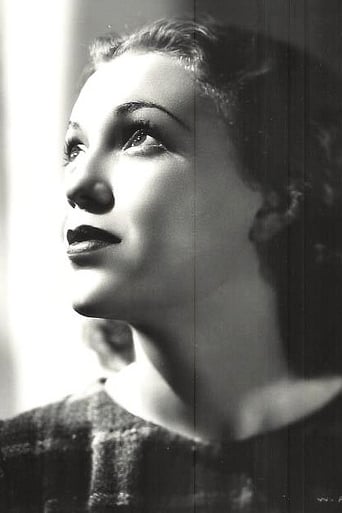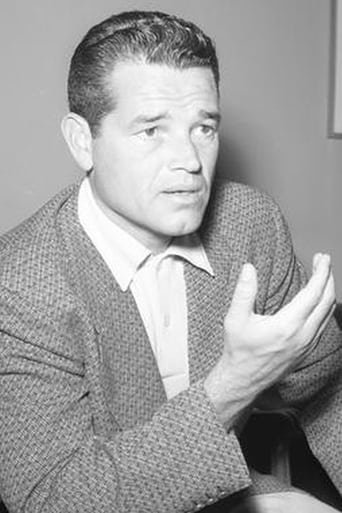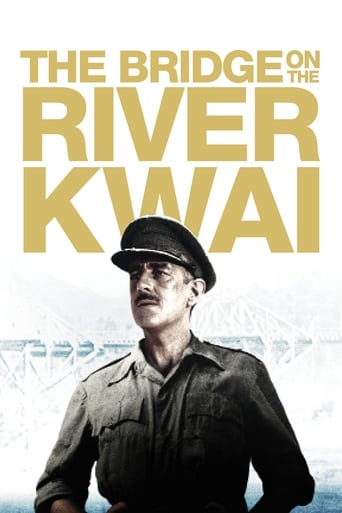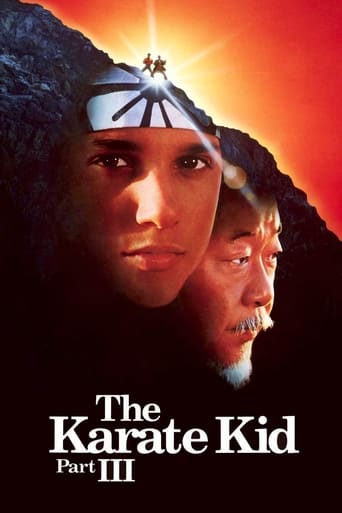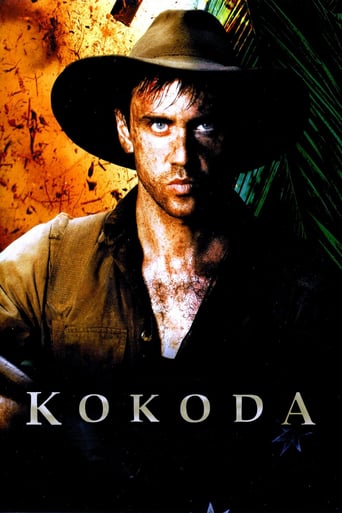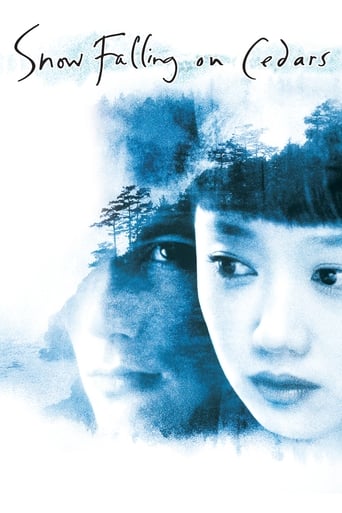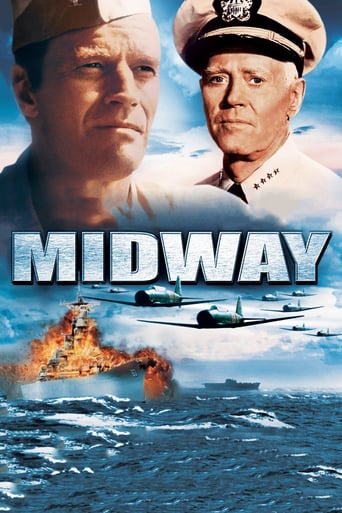
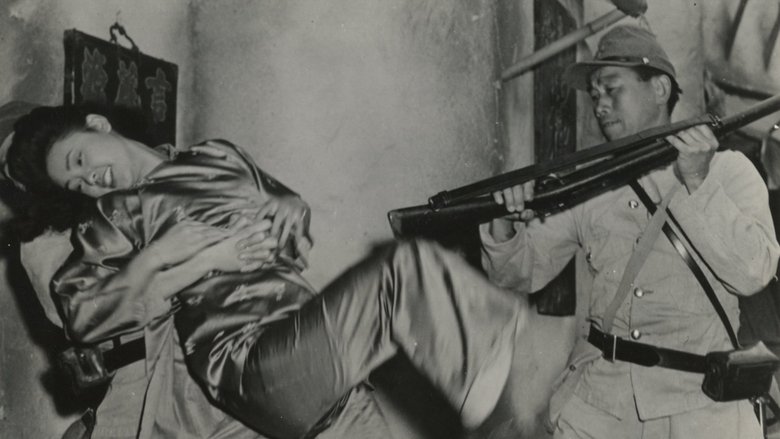
Behind the Rising Sun (1943)
A Japanese publisher urges his American-educated son to side with the Axis.
Watch Trailer
Cast
Similar titles
Reviews
Good movie, but best of all time? Hardly . . .
Good concept, poorly executed.
Don't listen to the negative reviews
The story, direction, characters, and writing/dialogue is akin to taking a tranquilizer shot to the neck, but everything else was so well done.
... and to talk about them in any sympathetic way whatsoever. Taro Seki(Tom Neal), a happy go lucky kid, returns to Japan after finishing his degree in engineering in America. His father, Reo (J Carrol Naish) is a VIP in the government. Now it did seem a bit much that Taro would greet his dad after only four years in the U.S. with the 1940's version of "Hi daddy-O how's it hanging? I'm just swell!", but I guess the writers had to quickly show how much he had bought into the American dream and planned on living it in Japan. Taro goes to business man Clancy OHara (Donald Douglas) for an engineering job, gets one, and meets Tama (Margo), Clancys secretary. They begin seeing each other and decide to marry, but Taro is drafted into the Japanese army and is shipped off to China. All the while, Taro's father is disapproving of Taro marrying someone he considers to be a commoner, although he has nothing personal against the girl. There is a sideplot of the European and Americans living in Japan. American journalist Sara practically proposes to Clancy, but you can tell he is scared stiff of the idea of marriage even though he enjoys Sara's company. Sara feels rebuffed, and goes off to report in China on the Japanese occupation for years. Occasionally she runs into Taro, who becomes increasingly hardened to the violence around him. Then Taro finally returns to Japan. And then December 7,1941 rolls around with his American friends still there, where things soon become very unpleasant.The war was still on when this was made, so naturally Japanese actors couldn't have taken these parts even if they had wanted to take them. It does a good job of showing how traditions that had held fast in Japan for centuries - loyalty to family, belief in the emporer, the high esteem given to the military, could warp into something that becomes a killing machine under the right circumstances and the wrong leaders. I'd recommend it if you ever get a chance. It isn't as preachy as many films made during WWII about WWII.
This film was an attempt by Edward Dymtryk to show the Japanese as individuals, and not as stereotyped sub-humans commonly portrayed in the other films of the period. The goal was to show Japan's aggressiveness was the result of a militaristic culture that came to dominate the country by squashing out all forms of liberalism. The Office of War Information (OWI) approved of the approach for they were constantly dismayed by Hollywood's depiction of the Japanese, feeling that after the U.S. had won the war these types of negative portrayals would only hinder a solid relationship between the two nations. I think it could be argued that "Behind The Rising Sun" failed to meet expectations, and ended up being a confused piece of propaganda. This is what probably makes it rather fascinating to watch today. It never firmly develops any major sympathetic Japanese character except the one played by Margo, and the basis of her character is that she is intrigued by all things American. The Japanese character played by J Carrol Naish has changed his political outlook by the conclusion of the film to be against Japan's expansionist aspirations. He decides his best course of action is to kill himself. Tom Neal, who looks like he is auditioning for a part in a video for The Vapor's "I Think I'm Turning Japanese," is apparently supposed to be an example of how Japan's militaristic culture can take a happy-go-lucky fellow, and transform him into a ruthless and cold hearted killer. His transformation doesn't seem very believable. His actions seem to support the racists notions the viewer might have had at the time rather than cast doubt on them."We never let a cat break up a good poker game in Idaho" --Lefty I think my favorite scenes in the film involve Robert Ryan's character, Lefty. When he shoots his pistol at a cat, and the authorities show up and confiscate his gun he is completely befuddle. It's like he can't believe he is in a country that is so oppressive that a fellow can't even shoot a cat. His fight scene with Mike Mazurki is quite memorable too.
Today (even in 1943) this film is very racist dealing with Japanese son educated in US goes back to Japan and takes part in atrocities there and in China. The whole China sequences are very grisly and actually disturbing, such as nailing the baby to the door by his/her pigtail along with the usual raping and pillaging of the Chinese countryside. They even keep the Chinese drugged up with free heroin handouts from trucks that pull into the villages. There is just one "good" Japanese character in the movie, the female secretary who works for an American architect caught in Japan with some Western reporters when WW2 finally erupts. But then these characters get tortured and sentenced to death. On the whole film it is NEVER boring...never. It has very good production and fine actors (even though Japanese are all played by white Europeans a la Charlie Chan). Now get this! RKO was asked by US government to make a picture that would portray Japanese in a real and fair way instead of the crop of anti-Japanese pictures that were made already so to stave off racial hatred toward this group. It was rampant in US (not so, for Germans though, interestingly films about Nazi's always had numerous "good" Germans, never in propaganda Japanese films who were usually portrayed as sub human hordes.)Anyway this was Hollywood's answer to the problem. Unbelievable! Film though is considered an excellent yet hysterical example of WW2 propaganda at the time.
We'd call it racist today, but this constantly amusing bit of rabble rousing did what it had to do at the time, while allowing somewhat refreshingly that not all Japanese were monsters. When this was made, the outcome of the war was still not assured, although the bombing raids over Tokyo were in full swing, as the end of the film shows. Along the way there's an incongruous mix of white RKO stock leads unconvincingly playing the main Japanese characters while actors of actual Japanese descent play minor supporting parts. J. Carrol Naish may seem silly as a Japanese businessman, but he is surprisingly sincere as the misguided father who goads his nonviolent, Americanized son with jingoistic pleas to enter military service. To the father's eventual dismay, the son, played by Tom Neal in one of Hollywood's more notable instances of miscasting, becomes an increasingly callous savage who comes to relish Japanese atrocities while on duty in China. Showing that Hollywood could do the Goebbels thing with the best of them, the film proceeds to show Japanese soldiers pushing opium on children, yanking mothers away from crying infants, hauling Chinese women into prostitution houses, bayoneting children, and--worst of all--slapping around American nationals! The highlight is a wacky, drawn-out duel of strength between an American boxer (Robert Ryan doing his "The Set Up" thing six years before the fact) and a Japanese jujitsu expert. The film's opening titles claim that the whole thing is 100 percent true and authentic, a perfect red flag to take it all with a grain of salt.
